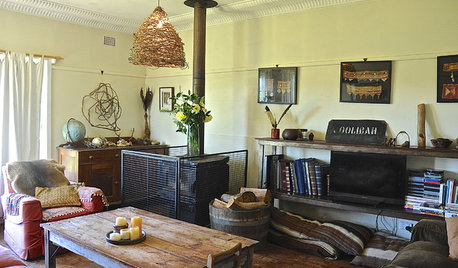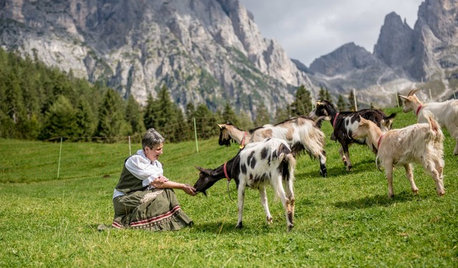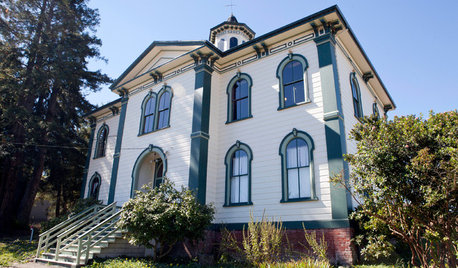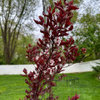'Real' blackberries?
peachymomo
11 years ago
Related Stories

HOME TECHPlug Into Home Power Monitors That Pay for Themselves
Stop throwing away money on wasted electricity with help from new monitors that work with your phone or computer
Full Story
FARM YOUR YARDHouzz Call: Home Farmers, Show Us Your Edible Gardens
We want to see where your tomatoes, summer squashes and beautiful berries are growing this summer
Full Story
HOUZZ TOURSMy Houzz: Cozy Country Meets Bohemian Artistic in Australia
Healthy helpings of salvage and rustic art give a pastureland home free-spirited style
Full Story
LIFEHow Your Landscaping Can Keep Burglars Away
Prevent home break-ins with strategic landscaping and good practices instead of menacing — and maybe less effective — measures
Full Story
FARMHOUSESWorld of Design: See How 9 Families Live and Farm on Their Land
Join us as we visit the homes and farms of passionate food producers and hear about rural life around the globe
Full Story
HISTORIC HOMESHouzz Tour: Meet the Schoolhouse Saved By ‘The Birds’
Once featured in Hitchcock’s feathery film, this schoolhouse has stood the test of time
Full Story
GARDENING GUIDESHow to Keep Your Citrus Trees Well Fed and Healthy
Ripe for some citrus fertilizer know-how? This mini guide will help your lemon, orange and grapefruit trees flourish
Full Story
FUN HOUZZDoes Your Home Have a Hidden Message?
If you have ever left or found a message during a construction project, we want to see it!
Full Story
FRONT YARD IDEAS10 Ideas for a Front-Yard Edible Garden Your Neighbors Will Love
Choosing attractive, well-mannered plants and sharing the bounty will go a long way toward keeping the peace
Full Story
FALL GARDENING7 Reasons Not to Clean Up Your Fall Garden
Before you pluck and rake, consider wildlife, the health of your plants and your own right to relax
Full StoryMore Discussions









hoosierquilt USDA 10A Sunset 23 Vista CA
larry_gene
Related Professionals
Bridgetown Landscape Architects & Landscape Designers · Kyle Landscape Architects & Landscape Designers · Saint Matthews Landscape Architects & Landscape Designers · Bridgeview Landscape Contractors · Brooklyn Park Landscape Contractors · Canyon Lake Landscape Contractors · Eustis Landscape Contractors · Mendota Heights Landscape Contractors · Newnan Landscape Contractors · North Haven Landscape Contractors · Oxnard Landscape Contractors · Plymouth Landscape Contractors · Rochester Landscape Contractors · Tacoma Landscape Contractors · 07920 Landscape ContractorspeachymomoOriginal Author
larry_gene